Art has always been a reflection of the human experience, a creative outlet that spans cultures and centuries. The methods and instruments used to create art have changed over time as they have adapted to the improvements in technology in each age. In recent decades, the development of digital technology has completely changed how artists conceptualize, produce, and disseminate their works, revolutionizing the art world. This article examines the enormous effects that digital tools and technology have had on the creative processes of several art forms, such as painting, sculpture, and digital art.
Transformation of Traditional Art-forms
Sculpting
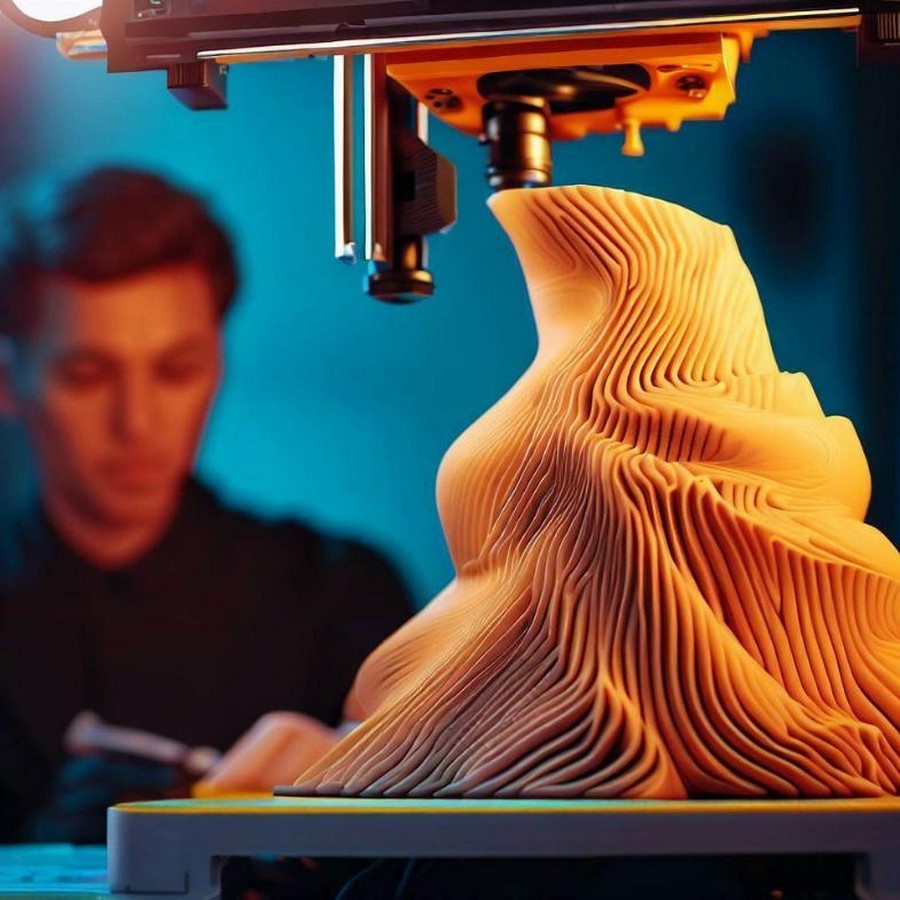
In addition to having an impact on 2D art, digital technology has completely changed the field of sculpture. Artists now have the ability to precisely translate their thoughts into physical sculptures thanks to computer-aided design (CAD) software and 3D printers. Complex and complicated shapes that were previously difficult to produce by hand may now be produced by artists. The possibilities of sculpting have been broadened by the fusion of traditional skill with digital accuracy, enabling artists to push the limits of their creativity.
Painting
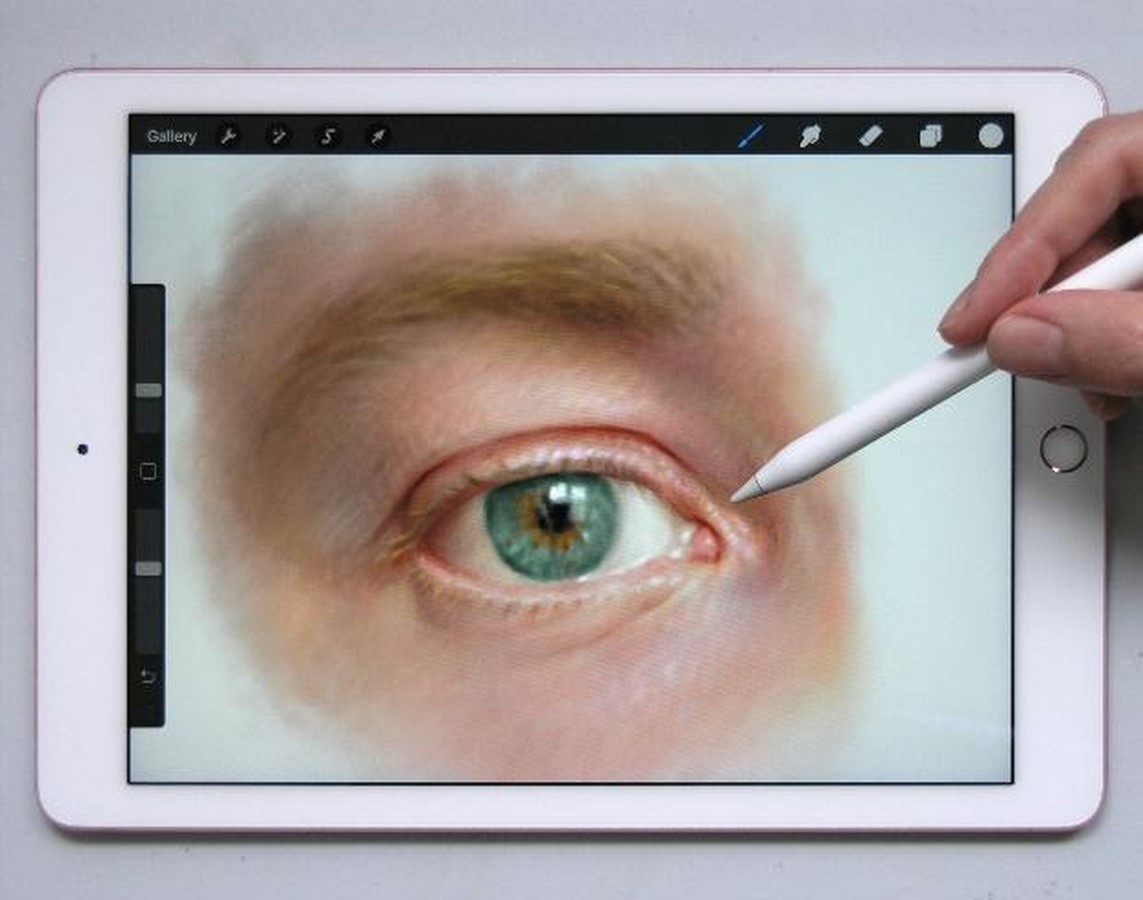
Traditional painting methods have given new life in the digital era. Digital tools provide painters with a wide range of options, from exploring unconventional digital brushstrokes to simulating the feel of oil on canvas. Artists have access to an infinite colour palette, the flexibility to undo and redo strokes, and the comfort of working without the limitations of actual materials thanks to digital painting applications like Adobe Photoshop, Corel Painter, and Procreate. This has sped up the iteration process and allowed artists to explore more freely, allowing them to create works that are more dynamic and detailed.
The Digital Art Era
Exploring Digital Art
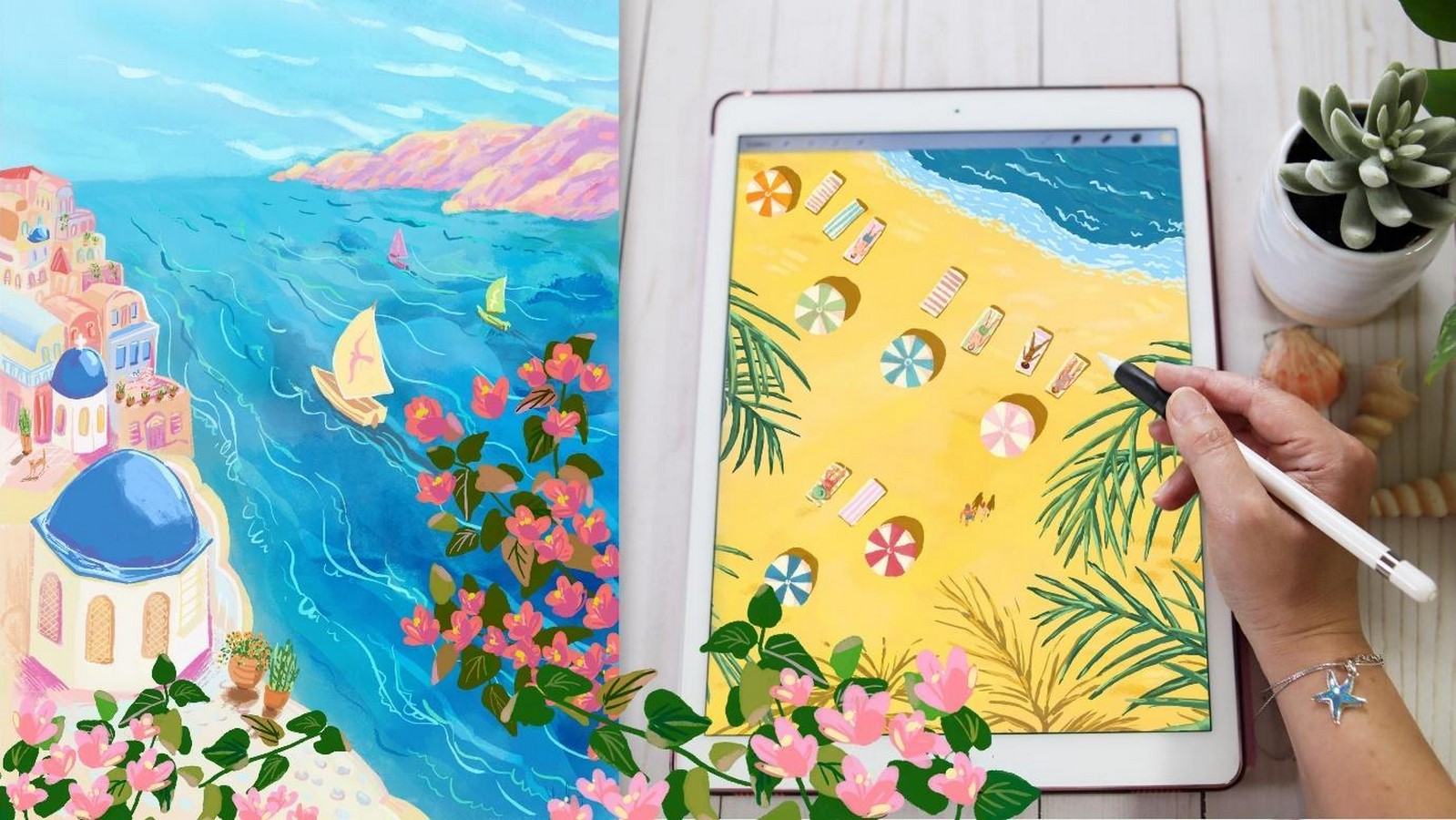
Digital art is a whole new genre of art that was created with the development of digital technology. Artists are no longer restricted to using tangible things; instead, they may create using pixels, algorithms, and virtual environments. By allowing artists to include aspects of sculpture, painting, photography, and even code into their works, digital art blurs the distinctions between conventional creative disciplines. This blending of media expands the possibilities for creative expression and questions conventional notions of what constitutes art.
Unveiling New Dimensions of Creativity
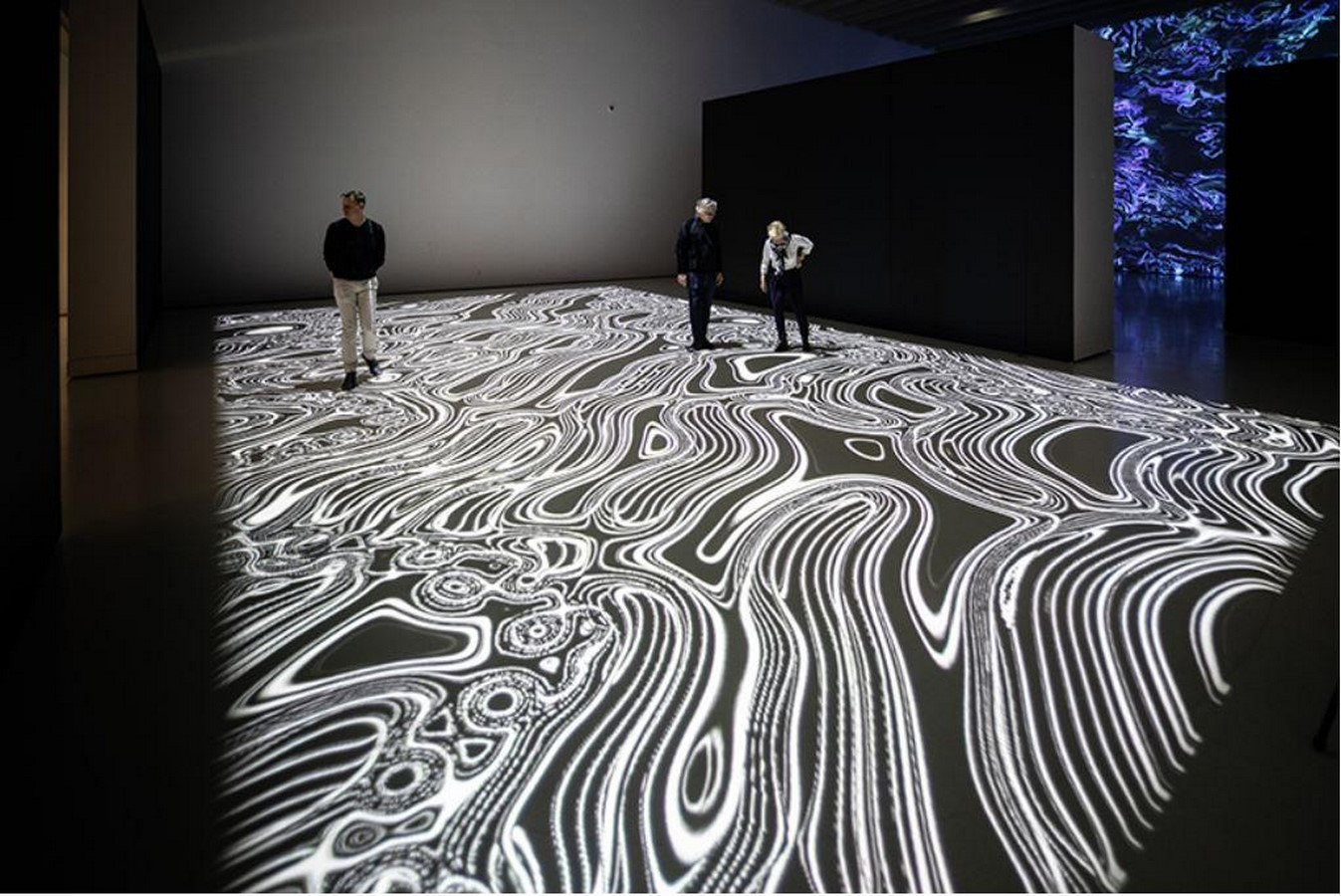
Interactivity and generativity are concepts that have been brought to art production through digital technology. By becoming active participants rather than passive spectators, audiences may interact more deeply with artworks via interactive installations and digital settings. Inquiries regarding the notion of authorship and the function of the artist are sparked by generative art, which is produced using algorithms that generate distinctive variants with each repetition. It investigates the link between human creativity and machine intelligence.
The Digital Palette
Challenges
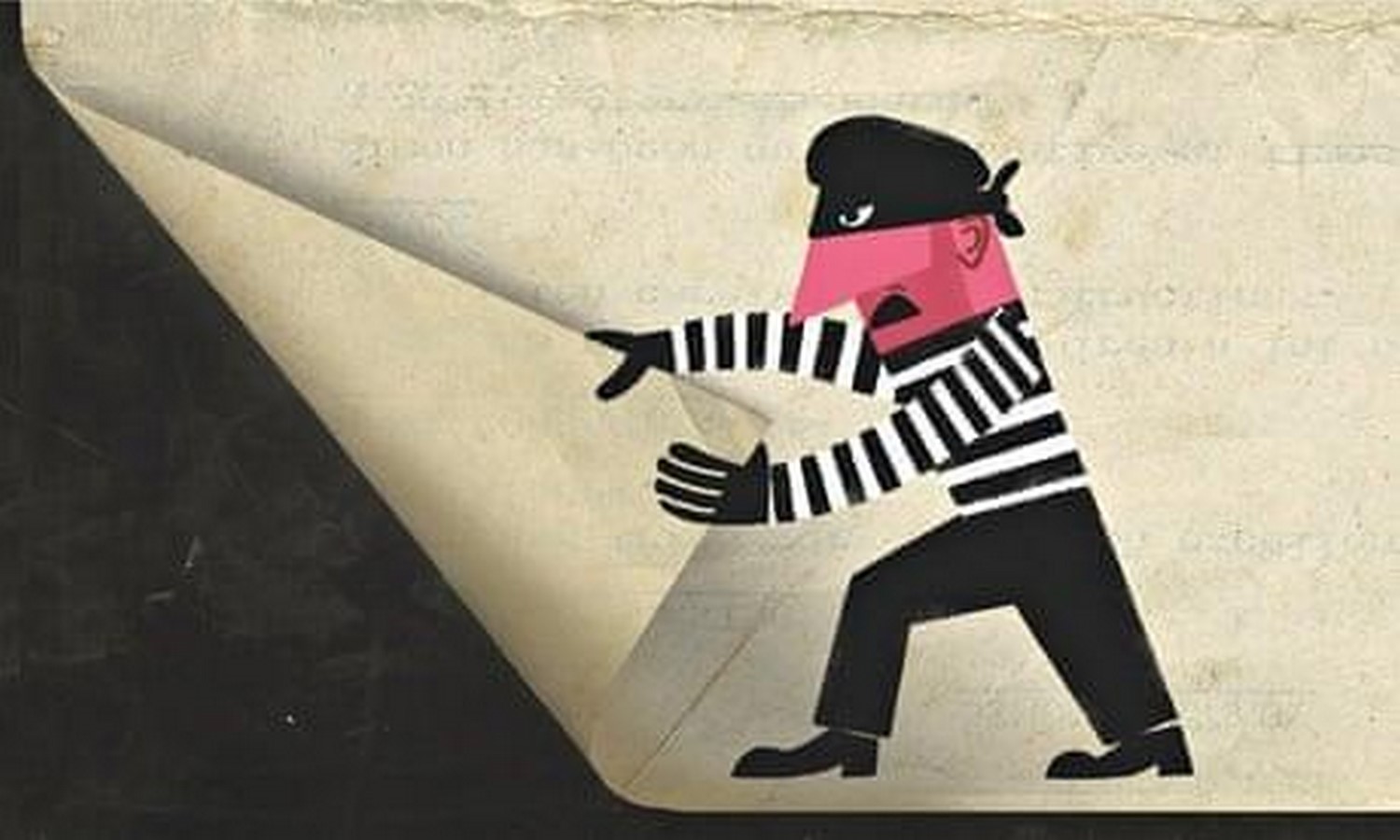
Digital technology has significantly advanced the process of making art, but it also has drawbacks. The lack of tactile feeling provided by conventional materials causes some painters difficulty. Furthermore, as it is now simpler to duplicate and manipulate digital artworks, questions about originality and plagiarism have been raised by the ubiquitous availability of digital technologies. The digital world also requires technical know-how, which can be a hurdle for artists who are inexperienced with sophisticated tools.
Advantages
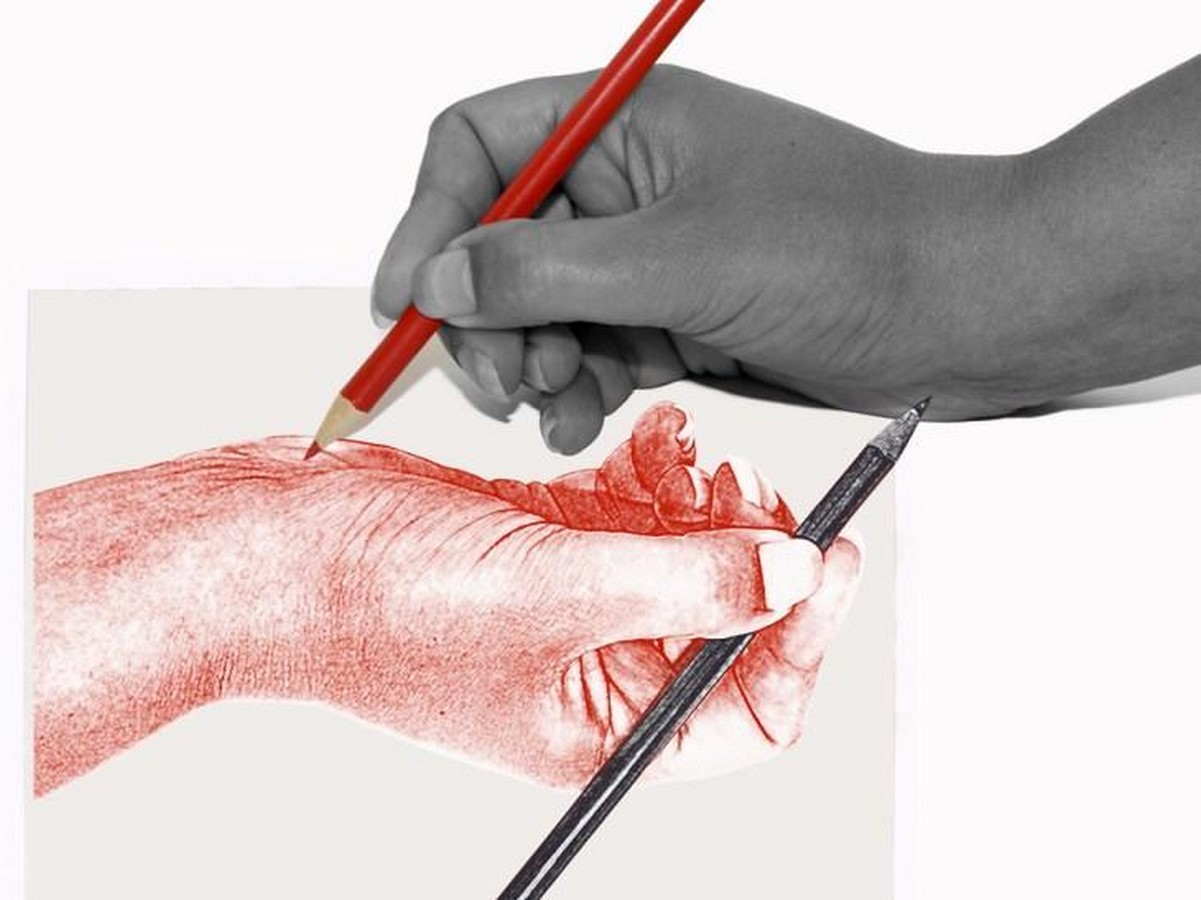
Despite these difficulties, digital technology has several benefits for producing art. Digital media makes it simple to save, share, and disseminate artworks, democratizing access to art worldwide. Online platforms have made it possible for artists from different locations to collaborate. Digital technologies also speed up experimentation and modification, encouraging an innovative culture and encouraging artists to venture into unexplored territory.
Evolving Ways of Experiencing and Engaging with Art
Virtual Galleries and Exhibitions
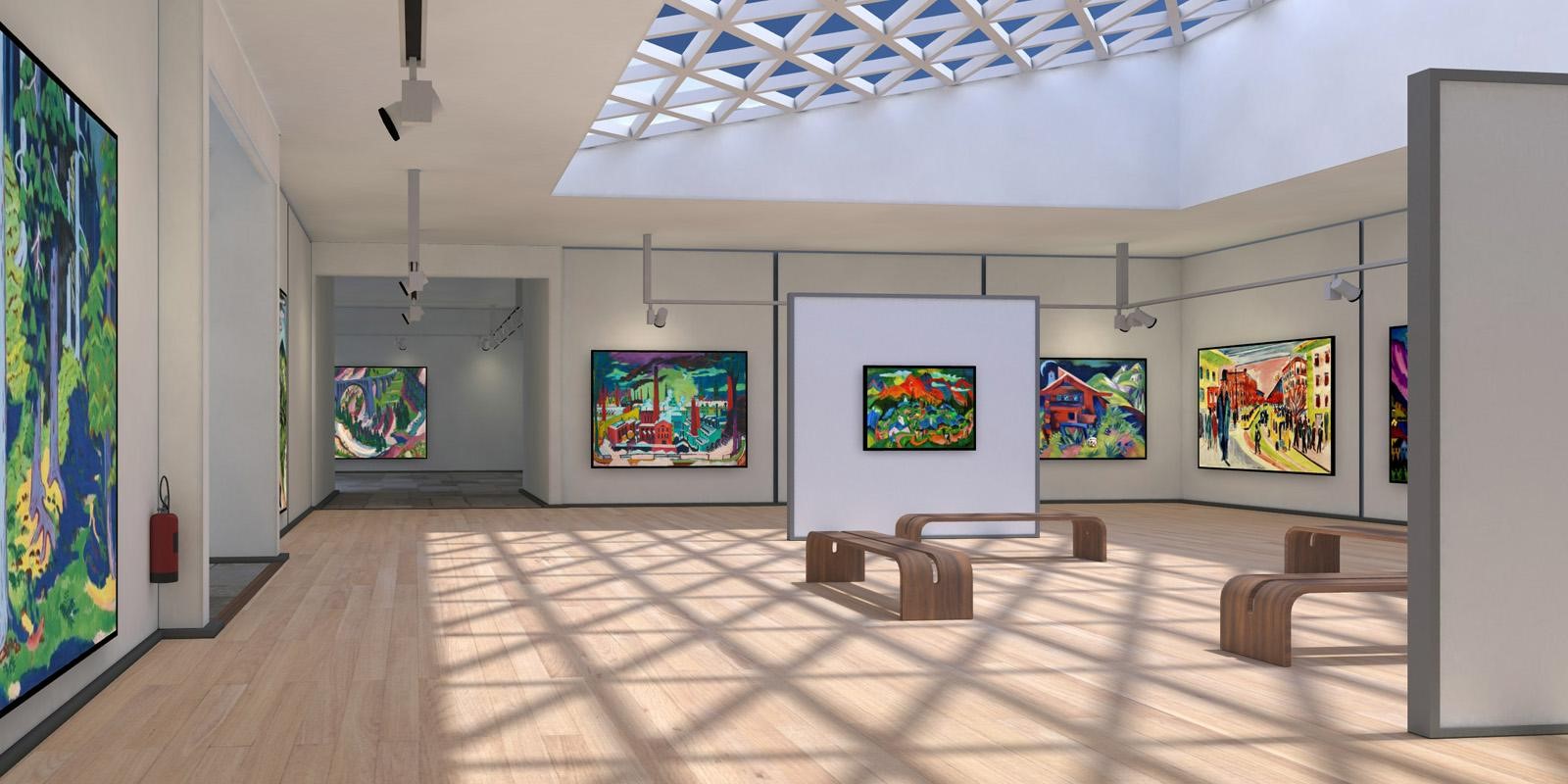
Not only has digital technology changed how art is created, but also how it is displayed and appreciated. With the rise in popularity of virtual galleries and online shows, artists now have a worldwide stage on which to display their creations. Now that viewers can view art from the comfort of their own homes, it is accessible to a wider audience and transcends geographical barriers.
NFTs and the Digital Ownership of Art
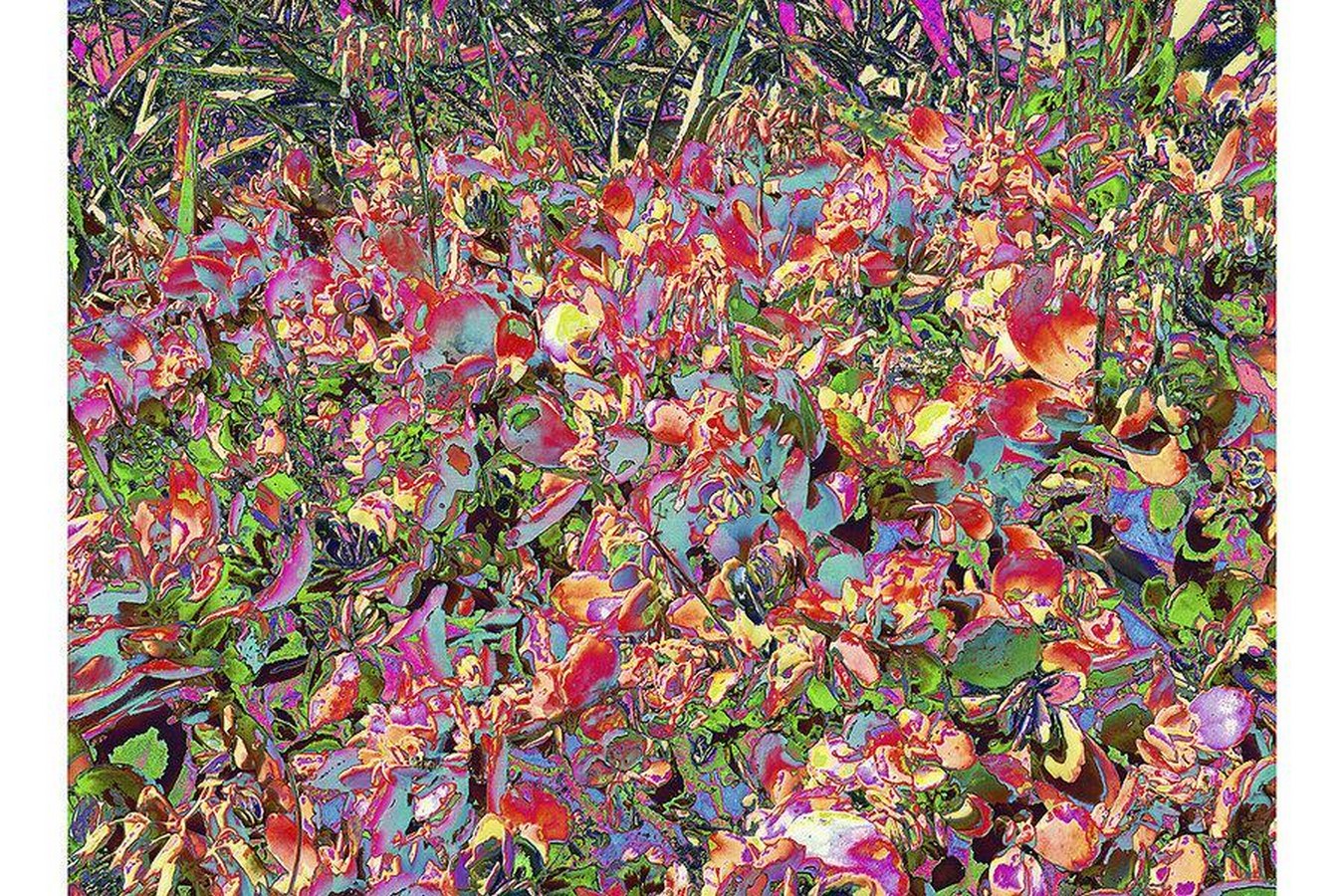
The emergence of Non-Fungible Tokens (NFTs) has revolutionized the concept of ownership in the digital realm. Artists can tokenize their digital artworks, creating a unique, verifiable proof of ownership. This has opened up new revenue streams for artists and challenged traditional notions of art ownership and authenticity.
Art Creation in the Technological Age

Digital technology has an indisputable part in the development of art. Digital technologies have changed the creative environment by reviving old methods and producing whole new art forms. The fusion of technology prowess and human intelligence has broadened the possibilities for artistic expression and allowed creators to push the limits of their imagination. Despite these difficulties, the digital canvas provides previously unheard-of prospects for global involvement, experimentation, and cooperation. The bond between art and digital technologies will only grow as technology advances, revealing new levels of creativity for future generations.
References:
Digital Media and VR Art Creation for Metaverse | IEEE Conference … Available at: https://ieeexplore.ieee.org/abstract/document/9831547/ (Accessed: 02 August 2023).
Yingjun Gong et al. (2021) Application of virtual reality teaching method and Artificial Intelligence Technology in Digital Media Art Creation, Ecological Informatics. Available at: https://www.sciencedirect.com/science/article/abs/pii/S1574954121000959 (Accessed: 02 August 2023).
Digital Media and VR Art Creation for Metaverse | IEEE Conference … Available at: https://ieeexplore.ieee.org/abstract/document/9831547/ (Accessed: 02 August 2023).
Zhao, B. et al. (2023) Computer-aided digital media art creation based on Artificial Intelligence – Neural Computing and Applications, SpringerLink. Available at: https://link.springer.com/article/10.1007/s00521-023-08584-z (Accessed: 02 August 2023).
Digital technology : It’s role in Art Creativity – Researchgate. Available at: https://www.researchgate.net/profile/Archana-Rani/publication/333472509_Digital_Technology_It%27s_Role_In_Art_Creativity/links/5dfb7684299bf10bc366de7e/Digital-Technology-Its-Role-In-Art-Creativity.pdf?origin=publication_detail (Accessed: 02 August 2023).
G., T. (2021) The role of AI in art creation, Medium. Available at: https://towardsdatascience.com/the-role-of-ai-in-art-creation-a53dbd562cdb (Accessed: 02 August 2023).




















